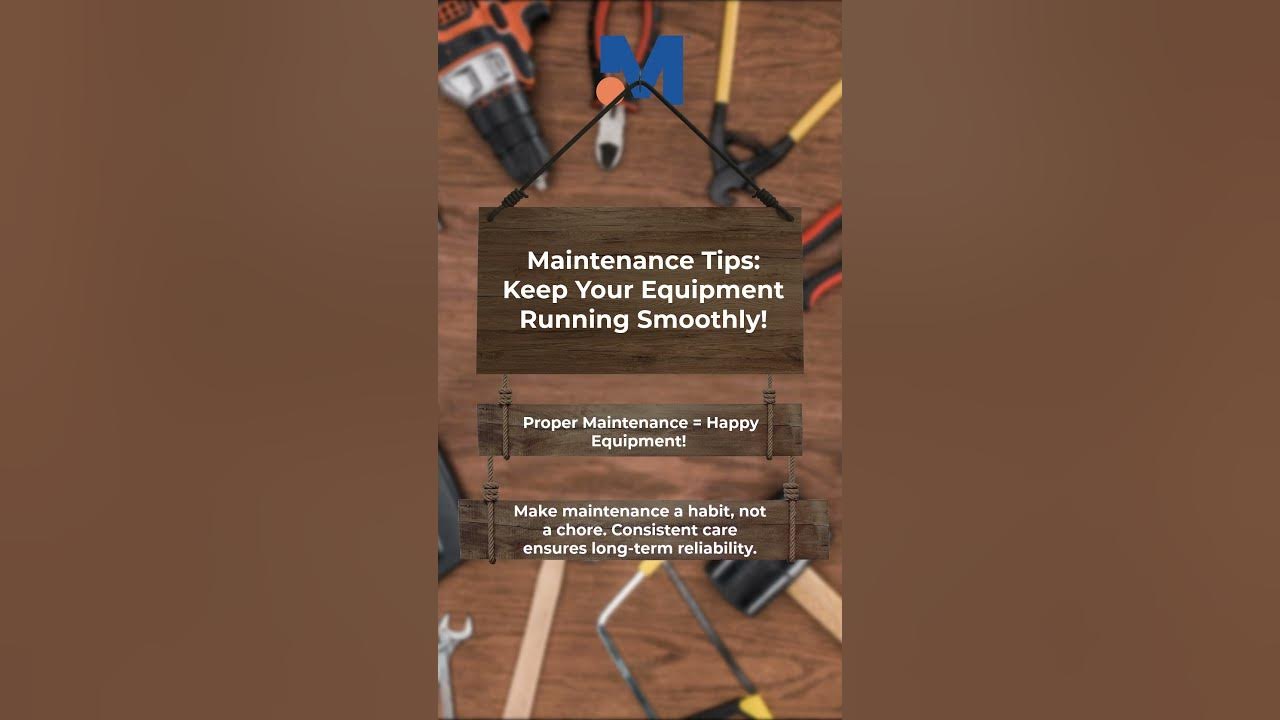Alright, let me tell you about my little adventure getting set up for making dim sum at home. It started simple enough – I just really, really wanted some decent shumai and har gow without going out all the time. Thought it’d be a fun little project, you know?

Getting Started – What Do I Even Need?
First thing I figured out pretty fast was my regular kitchen stuff wasn’t quite gonna cut it. I remembered seeing those stacks of round baskets at the restaurants. Bamboo steamers, right. That seemed like the most obvious piece of kit. So, the hunt began.
I didn’t just jump online immediately. I actually wandered around a few local Asian markets first. Saw some steamers, yeah. Some looked okay, some looked kinda flimsy. Picked up a medium-sized one, maybe three tiers high. Seemed like a good start.
Then I realized, okay, steamer – check. But what about making the actual dumplings? My big French rolling pin felt totally wrong for those delicate wrappers. Needed something smaller. Found a little wooden one, no handles, just a simple cylinder. Perfect.
Also grabbed a cheap metal dough scraper. You know, the flat kind. Super useful for dividing dough and cleaning up flour afterwards. Didn’t think I’d need it, but boy, was I wrong.
The Actual Gear List (What I Ended Up With)
So after some trial and error, and realizing I needed more than just a steamer, here’s what ended up in my “dim sum corner”:

- The Bamboo Steamer Basket (ended up getting a slightly bigger, better quality one later, the first cheap one warped a bit).
- A small, non-tapered Rolling Pin.
- A bench/dough scraper.
- Some round cookie cutters (tried freehanding circles, total disaster).
- A decent sized wok (for fitting the steamer, my pots were too small).
- Lots of parchment paper liners, or you can use cabbage leaves. Seriously, saves cleaning time.
- A few small bowls for fillings and dipping sauces.
Using the Stuff – The Reality Check
Okay, got the gear. Time to cook, right? Hah. First time using the bamboo steamer, I nearly steamed it dry. You gotta keep checking the water level in the wok underneath. Lesson learned.
The small rolling pin was great, way better control for thin wrappers. The dough scraper? Lifesaver. Seriously, sticky dough is no joke.
Making the actual dim sum… well, that’s a whole other story. Let’s just say my first batch of dumplings looked less like delicate morsels and more like sad, lumpy blobs. But! They were steamed properly, thanks to the basket. The equipment did its job, even if my skills weren’t quite there yet.
Finding the right size steamer to fit your wok or pot is key. Measure first! My first attempt involved a steamer too big for my pot, water spitting everywhere. Not fun.
Was It Worth It?
Yeah, I’d say so. It took some effort, and finding good quality stuff without breaking the bank wasn’t instant. The bamboo steamers especially, you kinda get what you pay for. But having the right tools definitely makes the process possible, even if it doesn’t magically make you a dim sum chef overnight.

It’s satisfying pulling that steamy basket off the wok and seeing your own creations inside. Even the lumpy ones taste pretty good when they’re fresh. So yeah, got my little setup now. It works. Still practicing though, lots of practice needed.